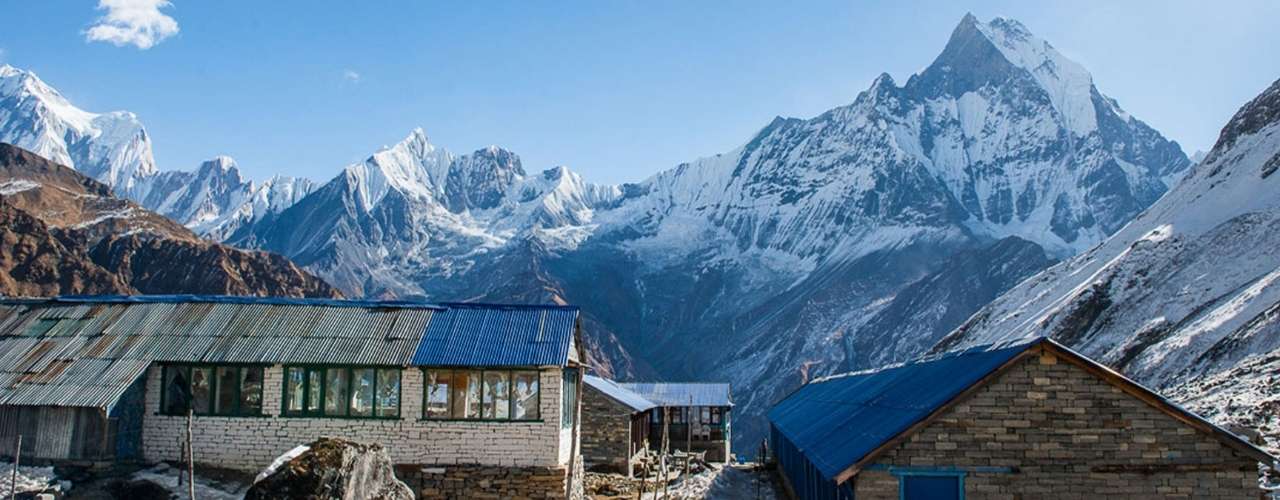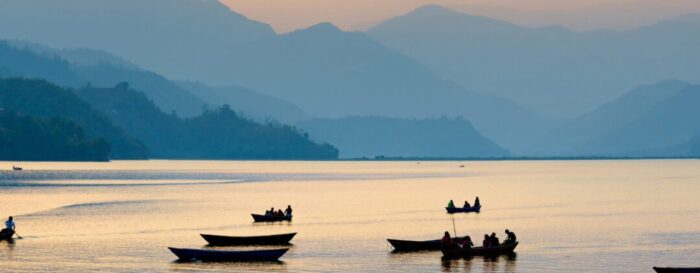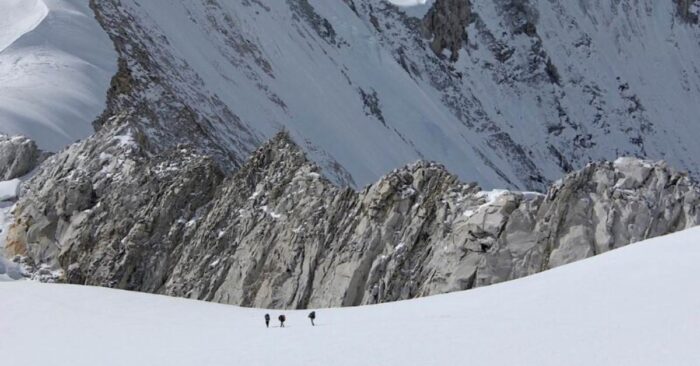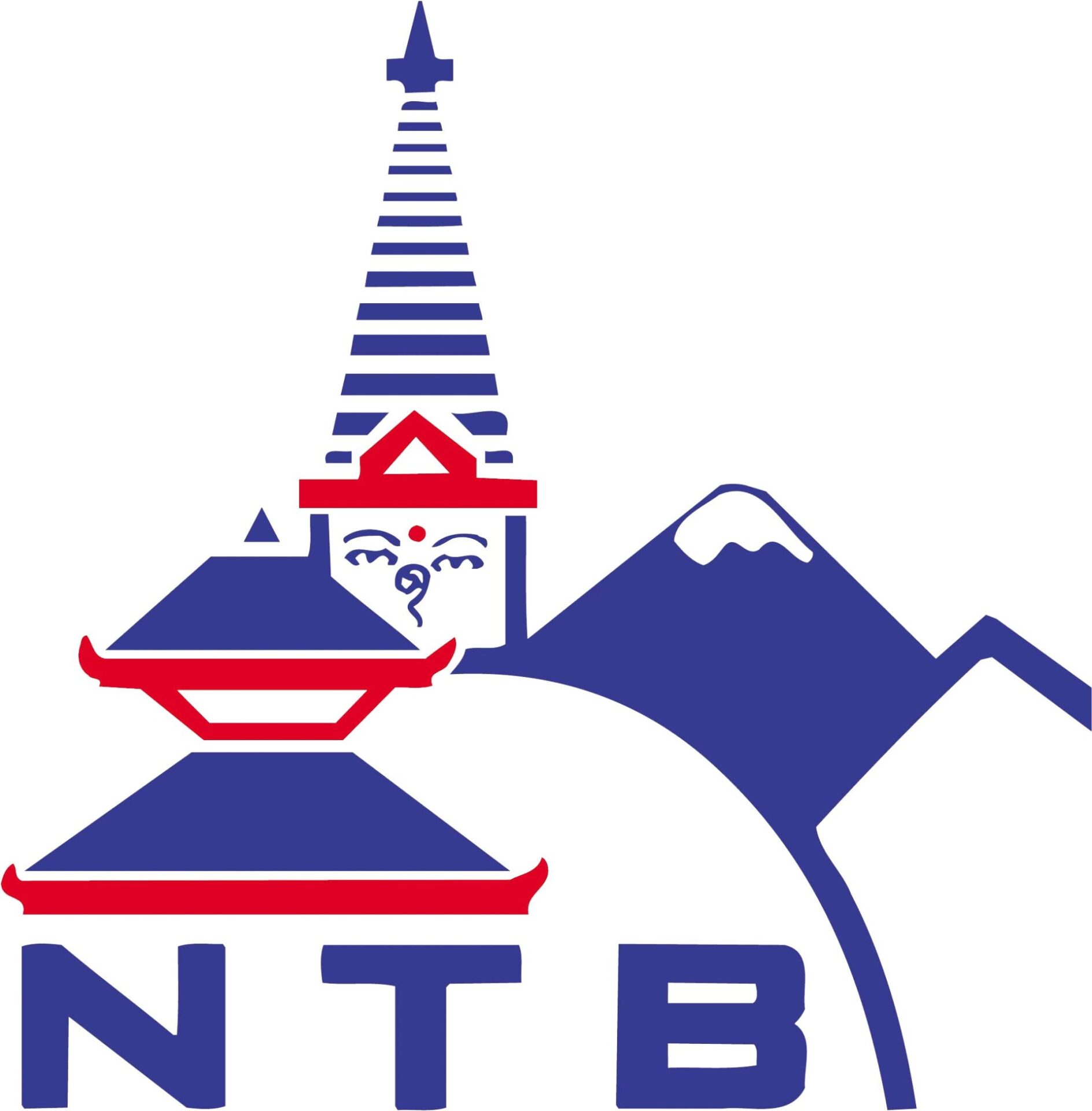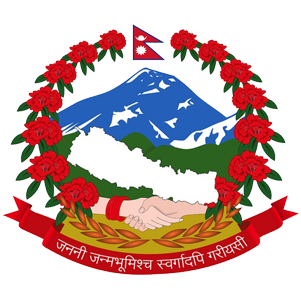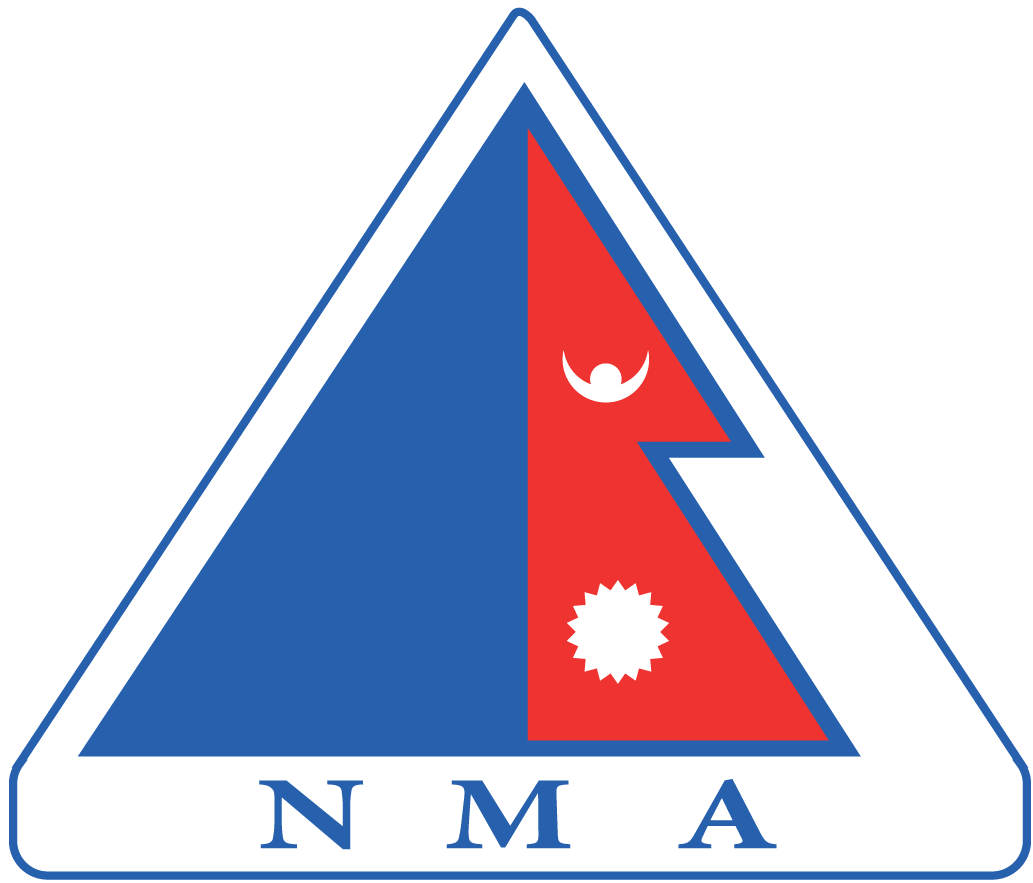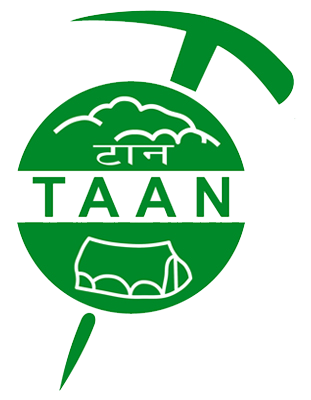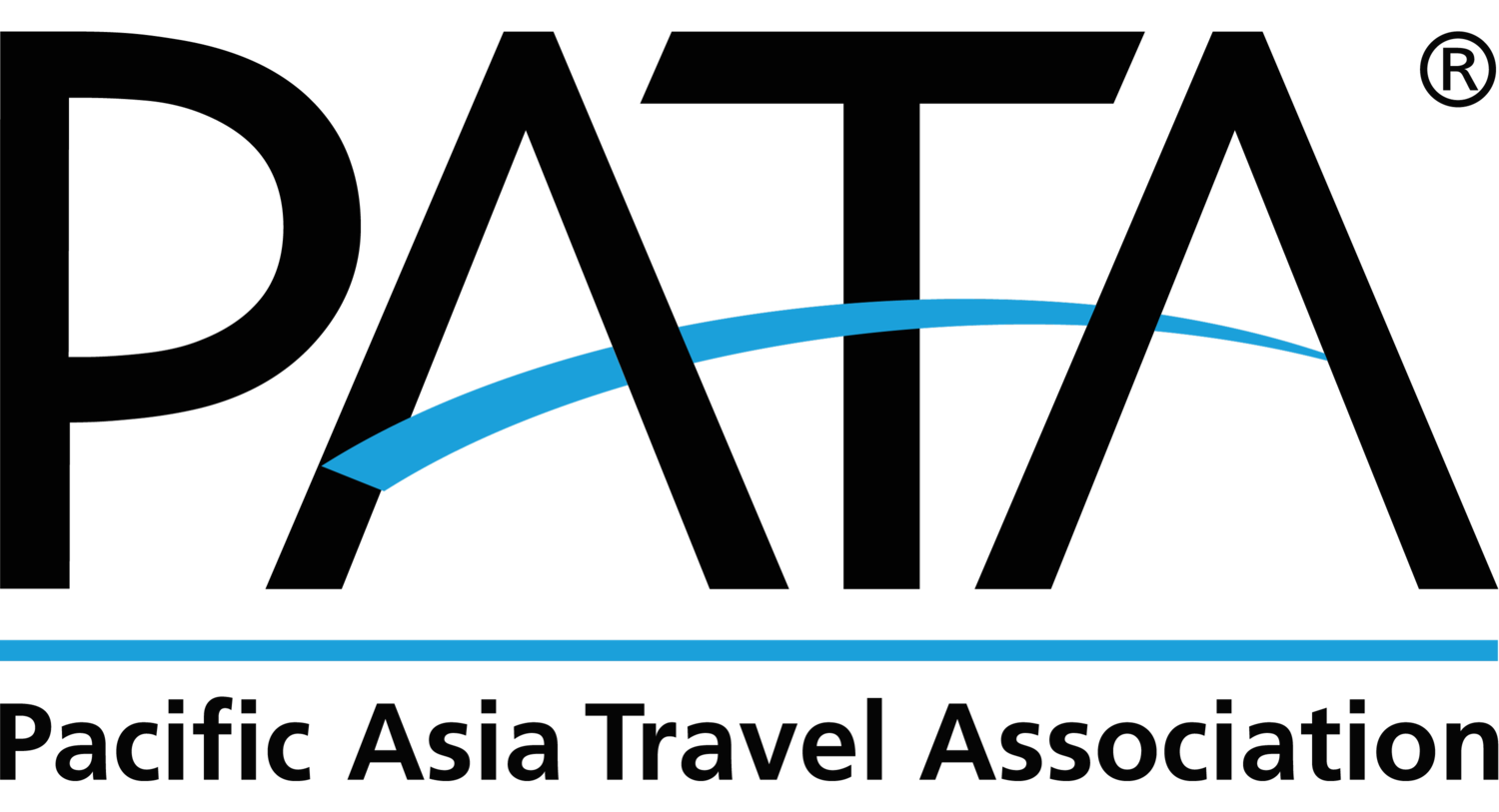In the Annapurna region of Nepal, the Annapurna Circuit Trek is a renowned trekking path. It is famous for its diverse landscapes, cultural richness, and stunning views of the Annapurna and Dhaulagiri Mountain ranges. Here is everything you need to know about the Annapurna Circuit Trek:
Location
The Annapurna region of Nepal is where the Annapurna Circuit is located in the central-north part of Nepal, within the Annapurna Conservation Area. The trek starts in the city of Besisahar, which is accessible by road from Kathmandu, and ends in Jomsom.
Duration
The standard duration for completing the Annapurna Circuit Trek is around 13 to 15 days, depending on the specific itinerary and acclimatization needs. To ensure proper acclimatization and prevent altitude sickness, it is important to stay a few extra days at higher altitudes.
Route
The traditional Annapurna Circuit Trek follows a circular route that takes you around the Annapurna Massif. The highest point on the trek is the Thorong La Pass (5,416m). The key points along the route include:
- Besi Sahar (Starting Point): The trek typically begins in Besi Sahar, a town in the Lamjung District.
- Chame to Manang: The trail passes through villages like Chame and Pisang, gradually gaining altitude. Manang is a significant acclimatization stop with beautiful views.
- Thorong La Pass: This high mountain pass, situated at an elevation of about 5416 m, is one of the highlights of the trek. It’s crucial to acclimatize properly before attempting the pass.
- Muktinath: After crossing Thorong La Pass, the trail descends to Muktinath, a sacred pilgrimage site with a famous temple.
- Jomsom and Marpha: The trek continues through the Kali Gandaki Gorge, the deepest gorge in the world, passing through the towns of Jomsom and Marpha.
- Nayapul (Ending Point): The trek typically concludes at Nayapul, from where you can take transportation back to Pokhara.
Highlights
- Thorong La Pass (5,416 m): The high point of the trek, Thorong La Pass offers breathtaking panoramic views of the Annapurna and Dhaulagiri Mountain ranges.
- Mountain Ranges: The trek provides stunning views of some of the world’s highest peaks, including Annapurna, Dhaulagiri, Manaslu, Machapuchare (Fishtail), and Nilgiri.
- Cultural Encounters: The trail passes through numerous traditional villages inhabited by diverse ethnic groups such as Gurung, Manangi, Thakali, and Mustang people.
- Natural Hot Springs: After the challenging Thorong La Pass, trekkers can relax in the natural hot springs at Tatopani, providing a soothing respite for tired muscles.
- Kali Gandaki Gorge: Known as the deepest gorge in the world, the Kali Gandaki River flows between the Annapurna and Dhaulagiri Mountain ranges, creating a dramatic and awe-inspiring landscape.
Difficulty
The Annapurna Circuit trek is of moderate to challenging difficulty. Trekkers must be physically fit and have acclimated to the varied terrain they traverse, which ranges from verdant forests to high-altitude mountain passes. The trek’s duration and challenging Thorong La Pass make it suitable for experienced trekkers seeking a rewarding adventure.
Permits
A permit is a necessary document that must be obtained from the government of Nepal or another authorized agency. You need to have all the necessary permits, which include:
- Annapurna Conservation Area Permit (ACAP): The National Trust for Nature Conservation (NTNC) issues ACAPs, which are mandatory for all trekkers. This permit is essential for entering the Annapurna Conservation Area. The permit can be obtained in Kathmandu or Pokhara.
- Trekkers’ Information Management System (TIMS) Card: A TIMS card is typically required for a lot of trekking destinations in Nepal, including the Annapurna region. There are two types of TIMS cards: green for organized trekking and blue for solo trekkers. The card helps authorities keep track of trekkers and ensure their safety.
Teahouses and Accommodations:
Along the Annapurna Circuit, teahouses offer basic lodging and meals. The trekking route is well known, and most of the villages have family-run establishments with accommodations, which provide a comfortable and social atmosphere. These teahouses provide simple lodging as well as food. The trek becomes more accessible since you don’t need to bring camping gear.
The Best Time to Trek:
In spring (March to May) and autumn (September to November), the Annapurna Circuit Trek is the best. Clear skies, stable weather, and fantastic trekking conditions are all present during these seasons.
Altitude Sickness:
To reduce the chance of altitude sickness, acclimatization is essential. To get used to the high altitude, spend a few days in altitude villages before climbing the passes. Proper acclimatization, hydration, and a gradual ascent help mitigate the risk. Familiarize yourself with the symptoms and descend if severe signs occur.
Guided or independent:
While some trekkers choose to go independently, hiring a local guide and/or porter can enhance the trekking experience. Many hikers choose experienced guides who have hiked the path before and can offer helpful guidance and support.
Packing List:
Bring the right equipment for your trek, such as sturdy trekking boots, weather-appropriate clothing, a good-quality backpack, water purification tablets, a first aid kit, a sleeping bag, and necessary permits. Pack lightweight, moisture-wicking clothing for the various weather conditions encountered during the trek.

